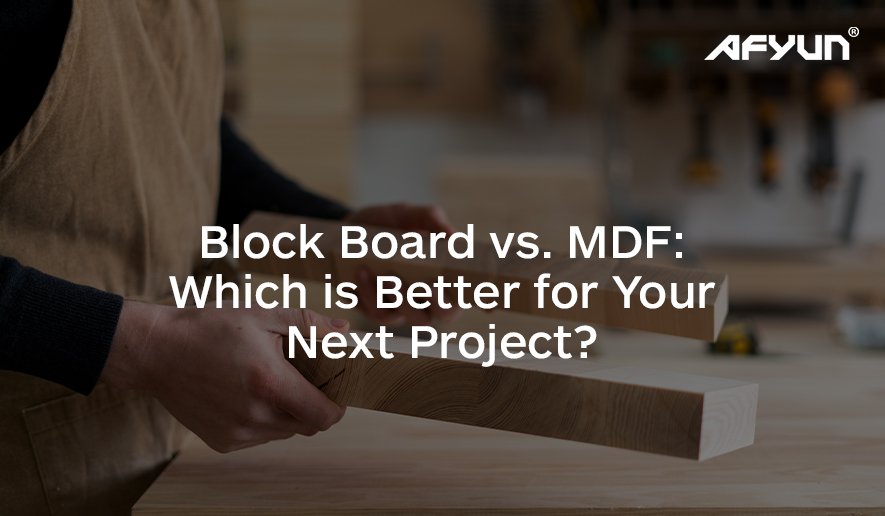In a significant move to expand its global footprint, Afyun Plywood has announced its entry into the Middle Eastern market with two of its flagship products: Afyun Caliber and Afyun Fireman. This strategic expansion marks a new chapter in the company’s growth story, bringing premium-quality plywood solutions to one of the world’s most dynamic construction markets.
Types of Plywood Afyun Exports
1. Afyun Caliber: Maritime Excellence
Afyun Caliber sets new standards in marine-grade plywood, offering exceptional performance in the region’s demanding coastal environments. This premium product features:
- Superior moisture resistance
- Exceptional structural strength
- Outstanding durability in harsh conditions
- Versatile applications from marine use to high-end construction
2. Afyun Fireman: Advanced Fire Safety
In response to the region’s elevated focus on building safety, Afyun Fireman provides cutting-edge fire-resistant solutions:
- High-density hardwood veneer construction
- Advanced fire-resistant chemical treatment
- Proven performance in extreme fire conditions
- Reduced fire propagation rates
Looking Ahead
With this strategic move, Afyun Plywood positions itself as a key supplier in the Middle Eastern construction sector. The company’s combination of premium marine-grade and fire-resistant plywood products addresses critical needs in the market, setting the stage for sustained growth and expansion in the region.
If you are a plywood dealer in the Middle East, feel free to contact us for collaboration.
You may also like: Plywood Manufacturers in Kerala | Plywood Manufacturers in Mangalore | Plywood Manufacturers in Bangalore | Plywood Manufacturers in Chennai | Plywood Manufacturers in Tamil Nadu




